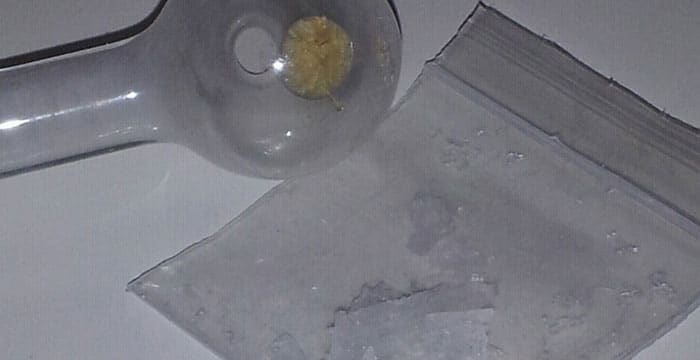

He saw the world through the protective goggles of a hazmat suit, sifting through the remains of illegal labs in three dozen countries. His first foreign assignment was at a lab that had made the stimulant MDMA in Jakarta, Indonesia. In time, Bozenko began traveling abroad to clandestine labs after they’d been seized. He analyzed what they produced and worked out how they did it. Bozenko’s job was to understand the thinking of black-market chemists, samples of whose work were regularly plopped on his desk. “Chemist by day, chemist by night,” his Twitter bio once read.īozenko had joined the DEA seven years earlier, just as the global underworld was veering toward synthetic drugs and away from their plant-based cousins. Bozenko, a garrulous man with a wide smile, worked in the DEA lab during the day and taught chemistry at a local university in the evenings. The field seems to breed folks whose every waking minute is spent puzzling over chemical reactions. Organic chemistry can be endlessly manipulated, with compounds that, like Lego bricks, can be used to build almost anything. 2017 National Drug Threat Assessment.Check out more from this issue and find your next story to read. Results From The 2016 National Survey On Drug Use And Health: Detailed Tables.

Medical Disclaimer: aims to improve the quality of life for people struggling with a substance use or mental health disorder with fact-based content about the nature of behavioral health conditions, treatment options and their related outcomes.

The Matrix model, a behavioral therapy specifically for people who abuse stimulants, has also helped people commit to treatment and quit using meth and cocaine.

These approaches are also used to treat cocaine addiction. According to the National Institute on Drug Abuse, therapies used to treat meth addiction include cognitive behavioral therapy and contingency management interventions.


 0 kommentar(er)
0 kommentar(er)
